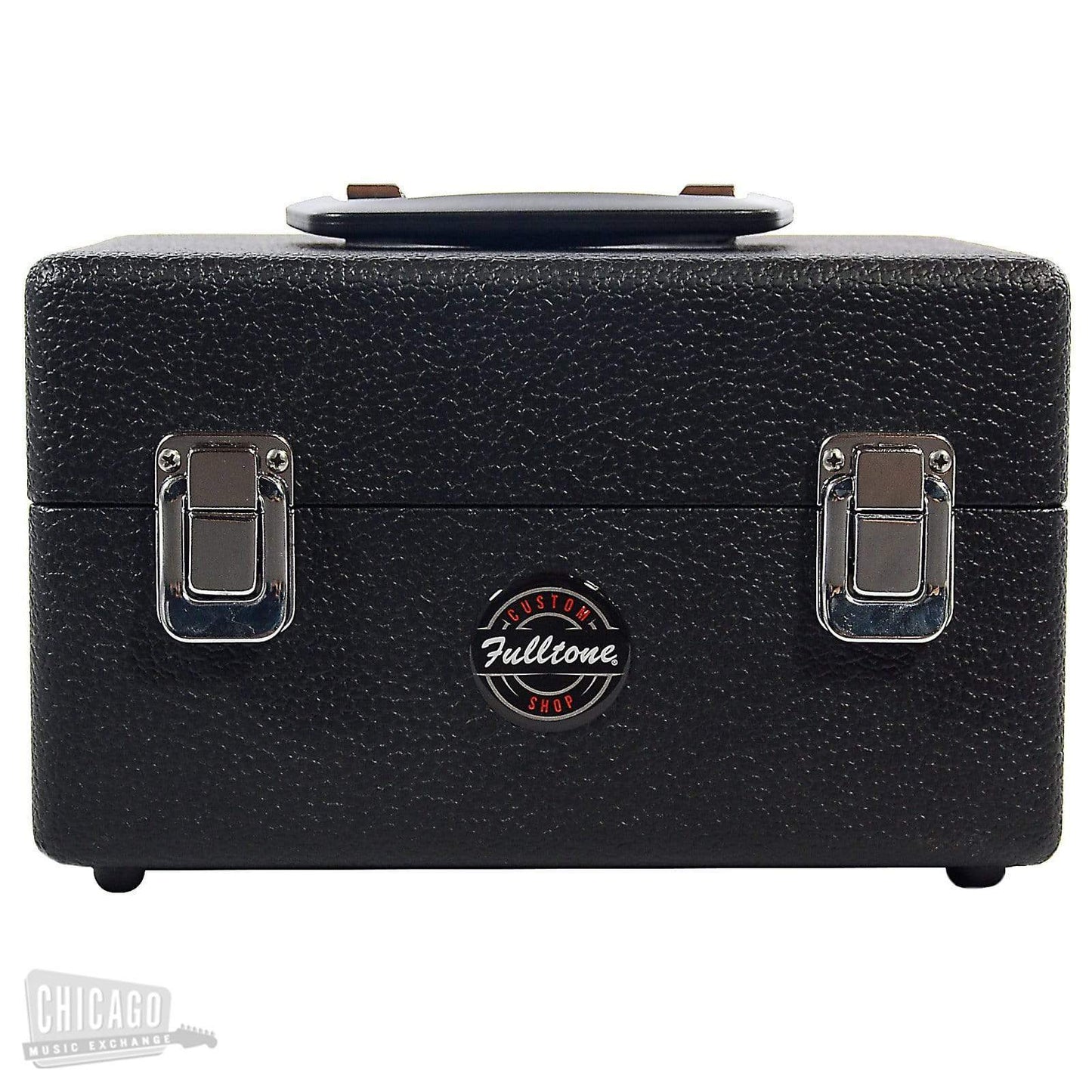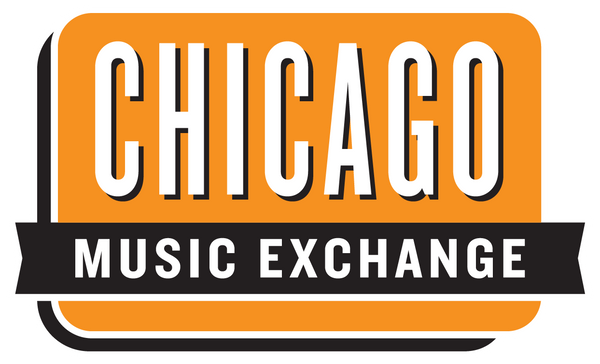



Description
Description
From Fulltone:
In the early 80's I worked in music stores teaching Guitar and selling & repairing gear. One day a guy came in with a 70's Echoplex EP-3 tape delay asking $30 for it!. The owner of the store said he didn't want it so I bought it and thus was born a life-long love affair with tape echo. I used that solid-state Echoplex all through the 80's and early 90's. Everyone else showed up for auditions with a refrigerator rack full of cold, thin sounding gear, and more often than not I'd steal the gig using a pair of Blackface Fenders, a Plexi Marshall Half stack, a couple of homemade pedals and that trusty early version EP-3.
Why do Page, early Van Halen, Brian may, Steve Stevens, etc seem to favor those early EP-3's? Because of the sound and feel of the preamp. It's that TIS58 JFET running on 22 volts, but not just that. The first version EP-3's cut a bit of Bass and boost the highs a little, creating a beautiful sound and feel that no other delay, nor any of the "EP-3 preamp pedals" can accurately create when running on anything less than 22 volts. That's just what a loud 4x12 Marshall amp needs....less bass, and more clarity.
What is the downside to using an old Echoplex? No one knows how to adjust, optimize, or repair them, AND they produce a massive amount of hum that you just have to get used to. Nowadays no one will put up with that ever-present hum. Back then they had inferior recording-head technology, crappy tape, and didn’t have a clue how to lay out a circuit. There I said it. With all those wires strewn about, all up in the air, acting like antennas, and too many grounding points, instead of tying them all together to one…no wonder Echoplexes are so damned noisy!
Features:1/3 smaller than the original Echoplex. Handmade and bullet-proof.
1/4" tape for FAT sounding delay, using the ball-bearing equipped Fulltone ETC-1 Tape Cartridge.
None of the Hiss and Hum found in vintage Echoplexes.
- Optimal 1.1 mega ohm Input impedance and super-low 10K output impedance …SSTE has none of the issues that Echoplexes have driving long cables and is not affected by devices coming before or after, either. EP-3’s have a 200K-350K output impedance and no output buffer…that causes interaction issues!
- True-Bypass toggle switch, which you won’t use much because of the SSTE’s low output impedance, but it’s nice to be able to bypass to check your levels.
- 2 Tape speeds with a moveable Playback head to achieve everything from super-quick Plate Reverb emulations, to Rockabilly slapbacks, to a full 1 second delays. Manipulating a moveable playback head is the only way to achieve the Jimmy Page-like self-oscillating trick using a tape echo.
EP-3 mode is the identical TIS58 JFET circuit of the first version (pre-serial #9451) Echoplex EP-3, offering that slight bass cut and slight treble boost favored by Page, Brian May, Steve Stevens, Tommy Bolin, etc. that works so well in high-volume stage situations.
Full mode is dead-on, honest, full-range rich sound, just like your bypassed sound, in case you aren’t craving that unique Ep-3 color. Beautiful.
- Separate Instrument Volume & Echo Volume control knobs - unlike the single “Mix” knob on an EP-3 which gave a fixed Instrument Volume and increased Hum as you turned clockwise. The SSTE’s Instrument Volume knob has a center detente at 12 o’clock denoting “unity gain” and up to 10dB of clean boost available as you turn clockwise.
- Echo Repeats - turn clockwise to add repeats, and easily go into self-oscillation around 1 o’clock depending on Record Level knob setting.
- Echo Highs tone switch: affects only the Echo Repeats, not your guitar tone.
Vintage - look, Echoplexes hissed a lot, so instead of fixing the problem, they slapped a capacitor to ground to kill the highs where the hiss resides…primitive but effective. It’s part of the “EP-3 sound” and Vintage mode gets that sound.
Brilliant - allows more overtones and highs on the repeats…a subtle difference, not trebly, but (no joke) I find myself checking to see if the reverb is on due to the intoxicating psycho-acoustic imagery this mode imparts. Who needs drugs? A little Green Dot or Maker’s Mark over ice and I’m good for 3 hours on the SSTE.
Record Level - small mini-knob adjusts how much signal smacks the tape. 3 o’clock is normal, above that and the Echoes get THICKER.
Relay-activated footswitchable Echo Cancel - unlike Echoplexes, the SSTE doesn't route the Echo signal through the echo cancel footswitch…which absolutely kills the delay sound if you use a cable over 6 feet in length. With the SSTE and using the (optional) Fulltone Echo Cancel Footswitch (ECF) you can use any standard guitar cable up to 500ft in length if need-be. And there’s no need to power the footswitch to see its bright Red & Green LED’s because the power is sent through that cable from the SSTE... Pretty slick, eh?




